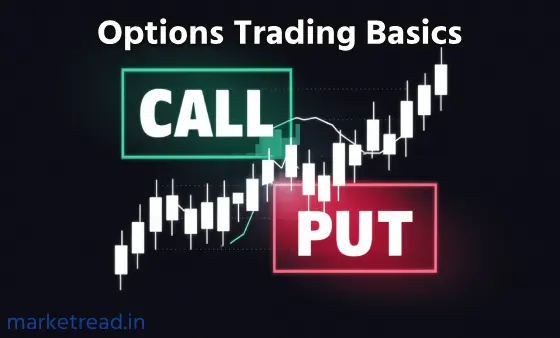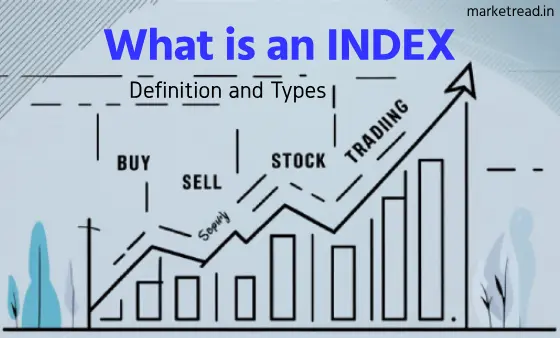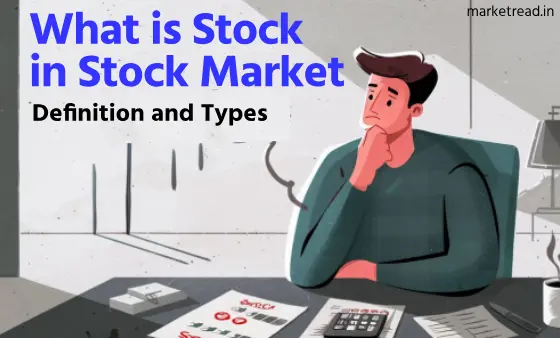Hey there, stock market explorers! If you’ve ever felt like the stock market is a wild car dealership where you’re just window-shopping, I’ve got a fun twist for you. I recently stumbled across this awesome guide on options trading, and, oh man, it’s like discovering a secret deal that could supercharge your investing game. Puts and calls—those mysterious “options”—are like locking in a car price today without buying it yet, and they’re perfect for beginners willing to dip their toes in. Let’s break it down over a virtual coffee, with real-life examples to make it click.
Table of Contents
What Are Options in Trading?
Options are like financial VIP passes for stocks—they give you the right, but not the obligation, to buy or sell a stock at a set price before a deadline. Think of it as reserving a hot new car: you pay a small fee to hold the deal, but you don’t have to drive it home. There are two types: calls (right to buy) and puts (right to sell). The guide calls them “reservations for stocks,” and I love that analogy—it’s all about flexibility without the pressure.
I was skeptical at first, but my cousin used a call option to bet on a stock rally and pocketed some extra cash.
How Call and Put Options Work (Example Included)
Let’s hit the road with a simple example. Imagine a stock called “TechTrend” trading at $100 per share. Here’s how it plays out.
- Call Option Example:
You think TechTrend will climb, so you buy a call option with a strike price of $100 (the price you can buy at) expiring in 3 months. You pay a $5 premium per share. If TechTrend jumps to $120, you exercise the option, buy at $100, and sell at $120. Profit: $20 – $5 (premium) = $15 per share. If it stays at $100 or drops, you skip it and lose just the $5—no biggie! - Put Option Example:
You own TechTrend shares but fear a dip. You buy a put option with a $100 strike price, paying a $5 premium. If the stock falls to $80, you sell at $100 via the put, buying at $80. Profit: $100 – $80 – $5 = $15 per share, dodging a bigger loss. If it rises to $110, you let the put expire and lose only the $5.
It’s like a safety net or a speed boost—your risk is capped, but the upside can be sweet.

I tested a call on a tech stock last year. It hit $15 profit when the stock soared, but I also lost a $5 premium on a dud bet. Small stakes, big lessons!
You will love this if you are a serious trader. Download Candlestick Pattern Cheat Sheet
Why Use Options? (Benefits for Beginners)
Options are like Swiss Army knives for your investment toolbox. Here’s why they’re worth a peek:
- Leverage: Control a chunk of stock (like 100 shares) for just the premium—way cheaper than buying outright. I love how it stretches my budget.
- Speculation: Think a stock will spike or crash? Options let you profit without owning it. My friend nailed a call on a gaming stock and grinned all week.
- Hedging: Already own stocks? Puts act like insurance. I used a put to shield my portfolio during a 2024 dip—saved my bacon!
Risks You Should Know (Beginner-Friendly Warning)
Options sound cool, but they’re not a free ride. Here’s the heads-up:
- Time Decay: Options lose value as the expiration date nears. If TechTrend doesn’t move, that $5 premium can vanish. I learned this the hard way—set a reminder next time!
- Leverage Risk: Since they’re leveraged, you could lose the whole premium if the trade flops. I stuck to small bets to keep it safe.
- Complexity: It’s a bit tricky at first—strike prices, expirations, premiums. The guide says “learn and practice,” and I agree. Start with a demo account!
Learn Wyckoff Methodology: A Comprehensive Guide
How to Start Options Trading as a Beginner (Step-by-Step)
Ready to roll? Here’s your starter kit:
- Pick a Brokerage: Use platforms like TD Ameritrade or Robinhood that offer options trading. I opened a small account to test the waters.
- Learn the Lingo: Get comfy with strike price, premium, and expiration. I watched a few YouTube vids and felt ready to dip in.
- Start Tiny: Buy one contract (controls 100 shares) for a low premium, like $50. My first call was a $100 bet on a tech stock—low risk, high fun.
- Practice First: Use paper trading to simulate without real money. I saved myself a few oops moments this way!
Quick Analogy
If you’re new to stocks but want to level up, options trading with puts and calls is your secret ride. They’re not just for pros—they’re for anyone willing to learn. I’ve seen beginners turn small premiums into solid gains, and puts have saved me from market crashes. Don’t let “too complex” scare you off; with a little practice, you can steer this like a pro.
Next time you hear “options” and feel that twitch, don’t hit the brakes. Start small, test the waters, and have fun. If this revved you up, share it with a friend who’s curious about stocks—or hit me up for more trading tips. I’m here to chat, not just “trade-x-ing”! Happy investing, folks!
Did you know? Warren Buffett’s 7 Rules of Investing
FAQs on Options Trading for Beginners
- What are options trading and how do they work?
Options are contracts giving you the right to buy (calls) or sell (puts) stocks at a set price. They act like reservations, letting you profit or hedge with a small premium. - Are options trading risky for beginners?
Yes, but risks are limited to the premium paid. Start small, learn the basics, and use demo accounts to minimize losses as a beginner in 2025. - How can beginners profit with puts and calls?
Buy calls to gain from rising stocks or puts to profit from falling ones. Practice with small trades to build confidence and earnings. - What’s the difference between a put and a call option?
A call lets you buy a stock at a set price, betting it’ll rise, while a put lets you sell, betting it’ll fall—both are tools for market plays. - How do I start options trading as a beginner?
Open a brokerage account, learn terms like strike price and premium, practice with paper trading, and start with one contract to test in 2025.
Want to know more about what options trading is?




Just desire to say your article is as amazing. The clearness in your post is just nice and i could assume you are an expert on this subject. Fine with your permission allow me to grab your RSS feed to keep up to date with forthcoming post. Thanks a million and please keep up the rewarding work.
An interesting discussion is worth comment. I think that you should write more on this topic, it might not be a taboo subject but generally people are not enough to speak on such topics. To the next. Cheers
Hmm it looks like your site ate my first comment (it was extremely long) so I guess I’ll just sum it up what I had written and say, I’m thoroughly enjoying your blog. I too am an aspiring blog writer but I’m still new to the whole thing. Do you have any tips for beginner blog writers? I’d certainly appreciate it.
Great post. I am facing a couple of these problems.
Glad to be one of many visitors on this awing internet site : D.